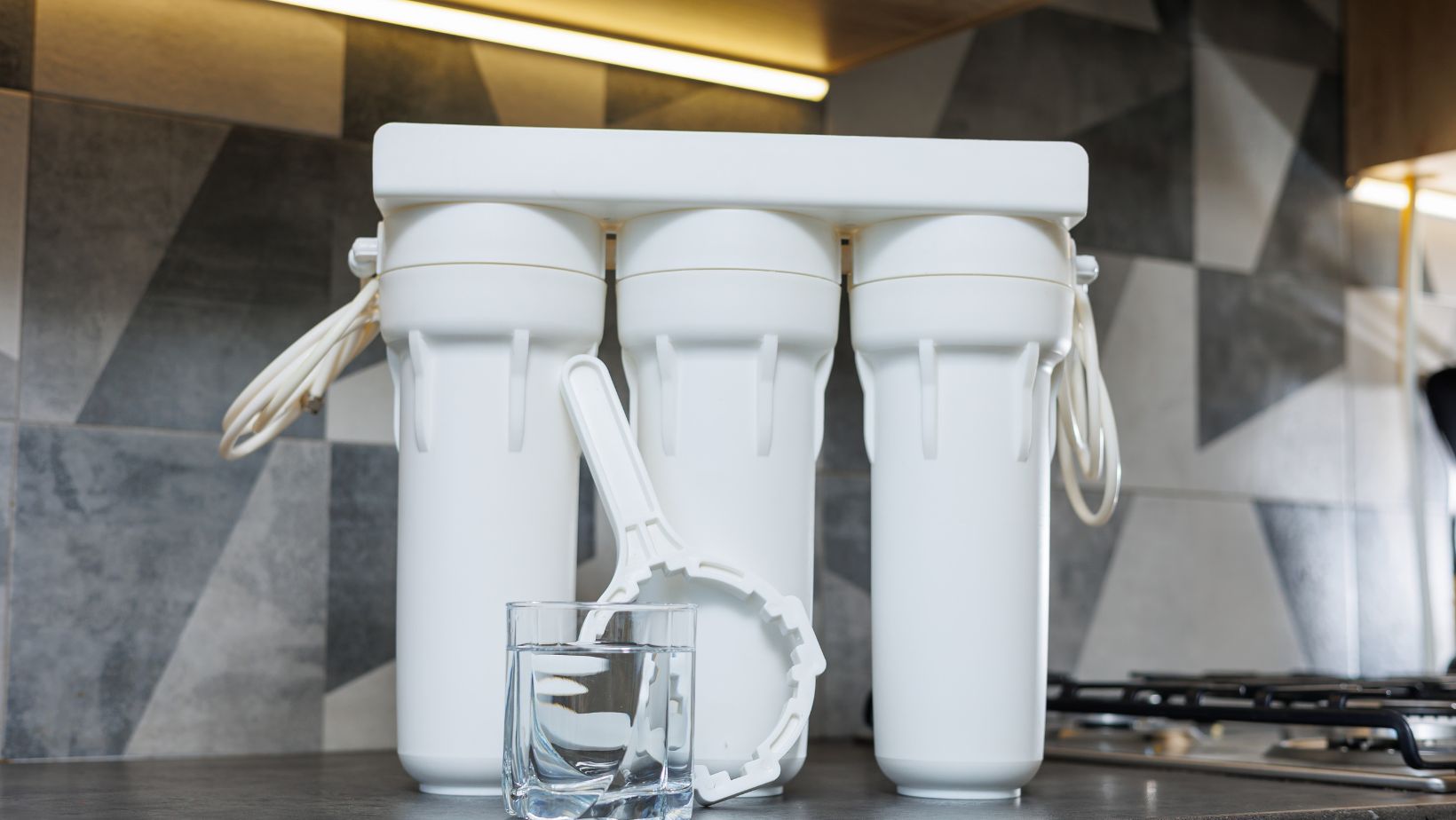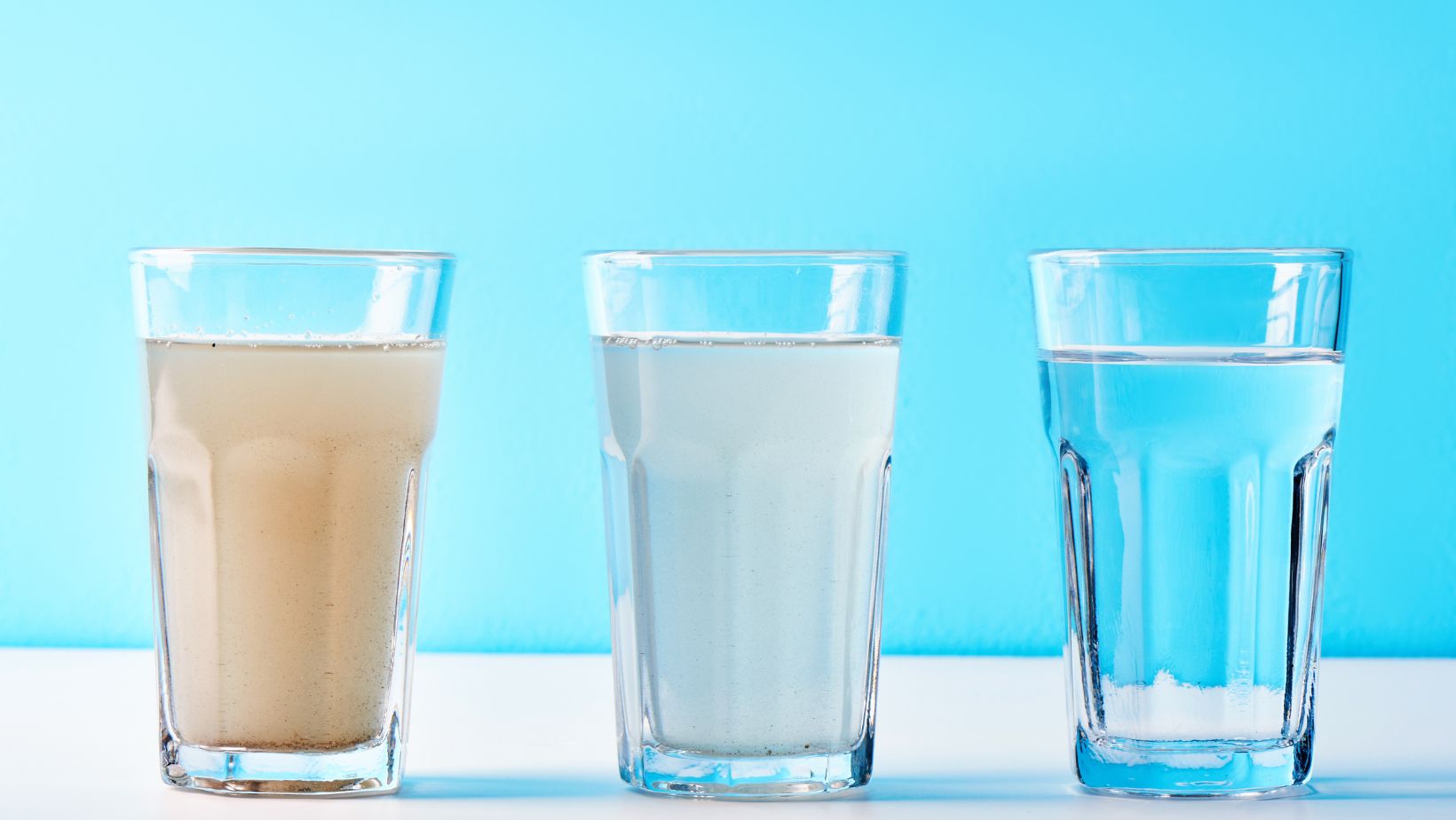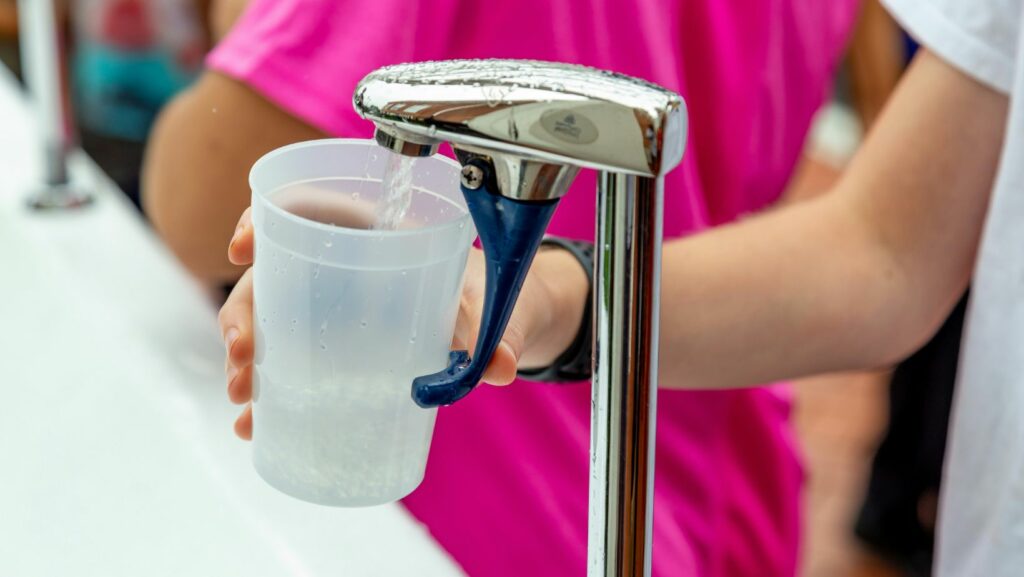An estimated 40% of Americans are concerned about their water quality. In response, around 77% have turned to water filters to ensure purity and safety. But how do water filters convert contaminated water into pure, clean, and refreshing H2O? What is the science behind these modern purification systems?
Dive in to find out how filters work.
What are Water Filters?
Water filters are devices designed to rid your water of various contaminants, leaving it pure and safe to drink and use. There are different types, including activated carbon, reverse osmosis, UV, and distillation. Each targets specific impurities and operates differently. Some eliminate contaminants like sediment, heavy metals, chlorine, and organic compounds, while others tackle bacteria and viruses.
The 5 Types of Filters
Here are the five main types of water filters:
- Mechanical
- Absorption
- Sequestration
- Ion Exchange
- Reverse Osmosis
How Do They Work?
Water filters operate on a simple principle: removing impurities to make water safe and clean for drinking. They use various filtration methods of water depending on the type.
Some work by physically straining out particles and sediments, like a sieve catching debris. Others use activated carbon, which works like a sponge, soaking up impurities like chlorine and organic compounds.
There are water filtration system types that trap impurities by sticking to them chemically, and some exchange ions to remove heavy metals and minerals. Another method, reverse osmosis, pushes water through a membrane to block impurities.
Mechanical
Mechanical filters act like a sieve, blocking particles from water. Liquid passes through a barrier catching larger impurities. These kinds of water filters come in different forms, like mesh screens or ceramic structures with tiny pores.
Absorption
Absorption filtration uses activated carbon to trap contaminants. It has many tiny spaces where impurities stick. Liquid flows through, and impurities like chlorine are absorbed, leaving cleaner water.

Household filters use granular activated carbon (GAC) to improve taste and smell. Some use carbon block elements, which are more efficient and often come with a micron rating for removing particles. Substances, like wood coconut shells, can also be used and are particularly effective but tend to be pricier.
Sequestration
Sequestration in filtration isolates contaminants chemically. Using food-grade polyphosphate, it binds with minerals like calcium and magnesium, causing limescale and corrosion.
Sequestration stops them from forming scales on surfaces.
But remember, this purification system doesn’t remove minerals entirely; it merely keeps them in the solution, preventing them from causing problems.
Ion Exchange
Ion exchange is a purification process that swaps out unwanted ions for more desirable ones. It’s like trading cards; the cartridge exchanges ions like magnesium and calcium and for others, like sodium or hydrogen.
This swap helps soften hard water, reducing limescale buildup. The process usually involves ion exchange resin, tiny beads that facilitate the ion exchange. This keeps your H20 soft and clean, ensuring it’s safe for various uses.
Reverse Osmosis
Reverse osmosis (RO) uses pressure to push liquid through a special membrane, trapping contaminants. It’s like a microscopic sieve for water molecules. RO doesn’t need electricity but makes some wastewater. It’s great for places needing ultra-clean water, like labs or high-end cafes.
Combinations
While different types of water filtration target different pollutants and can be used alone, they can also combined for thorough filtration. For instance, a typical household filtration system might blend mechanical, absorption, and ion exchange. Inline purifiers might incorporate mechanical and absorption, perhaps with sequestration to combat scale.
Another example is reverse osmosis systems, which can be even more versatile, combining mechanical, absorption, and RO itself.
Filter Systems
Water filter systems come in various types. Domestic ones fit easily under sinks. Commercial systems vary based on kitchen or specialty equipment use. They come with all the necessary components for setup, connecting directly to your existing supply line.
Coffee Machine Filters
Coffee machine filters ensure your favorite brew has the perfect minerals for great taste and safeguard your espresso machine. They balance minerals for a perfect cup every time. Whether a basic drip machine or a fancy espresso maker, these cartridges make your morning coffee taste amazing.
Inline Filters
Inline filters sit directly on the supply line or appliance, screening liquid before it reaches the faucet or appliance. They’re popular in homes, fitting easily under sinks.

These filtration systems solve common issues found in municipal supplies, such as chlorine taste and bacteria. With them, you can enjoy drinks that taste fresh without plastic waste.
Drop-In Filters
Drop-in fH20 cleansers fit inside device housings, typically in 10″ or 20″ sizes. They’re easy to use—just drop them into the housing, and they’re ready to capture sediments and particles so that you can enjoy fresher aqua with minimal effort.
Fridge Filters
Fridge filters are essential for treating water in fridge freezers. They vary in size and compatibility depending on the fridge model.
Filters for Commercial Foodservice
Purifiers for commercial food service ensure that water used in cooking, ice machines, and beverages is free from impurities and tastes clean. Trusted brands like Everpure provide customized cleansers for various appliances, safeguarding against breakdowns and ensuring consistent quality in culinary creations.
You Might Like to View Our Range Of Filters
Explore our diverse selection of filters and house water filter replacement cartridges at Filterway, which are designed to improve your H20 quality. From removing sediment to eliminating taste and odor, our range ensures clean, refreshing water for your home or business. Find the perfect filter to suit your needs and enjoy better-tasting water today!


More Stories
Should You Purchase or Rent Construction Equipment?
Storage Solutions That Work for Both Contractors and Homeowners
Unlocking Paradise: A Comprehensive Guide to Purchasing Property in Mauritius